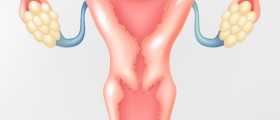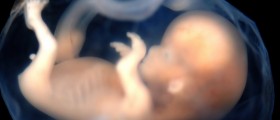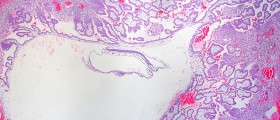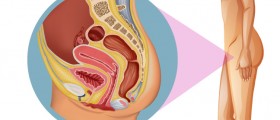
Endometriosis is gynecological disease that features with the growth of the cells which are normally present in the wall of the uterus outside the uterus. These cells known as endometrial cells can be shed during month bleeding. The endometrial cells are mainly implanted into ovaries and fallopian tubes but they can also reach to any organ present in the pelvis including vagina, bladder or cervix. Even intestines can be affected. In extreme cases the cells reach liver and in few cases they were found in the brain and lungs.
Since the shedding of the endometrial cells occurs during menstruation it is obvious that the disease affects women in reproductive period. The scientists have not established the cause of the disease yet. According to one hypothesis the condition happens because the menstrual blood comes back and flows into the fallopian tubes or pelvic and abdominal cavity. Still even if the hypothesis is true it is not enough to explain the disease. Another theory is that certain regions which surround the pelvic organs contain primitive cells. These primitive cells are capable of growing into different form of tissue such as endometrial cells. The shedding of the cells during surgical procedures may be one more explanation.
The symptoms may not be present and this is asymptomatic form of endometriosis.
If present the most usual symptoms are pain in pelvis and impossibility for one to conceive. The pain appears during the bleeding period and ends together with it. Still majority of women tend to experience the pain during sexual intercourse. In extreme cases even urination or passing the stool may lead to intensive pain. In some women pain occurs from time to time while in others the pain is constant or even intensifies. If endometrial cells are implanted near nerves or into deeper layers of organs the pain is usually worse. The matters produced by endometrial cells may be the cause of pain. And finally the scarring process following the implantation can be responsible for painful sensations.
Infertility is another symptom of the disease. This happens as the scars after implantation lead to damage of regular anatomical formations and structures. This results in impossibility of ova to be inseminated and after that implantated.
Apart from these two patognomonic symptoms there is variety of others that may be present as well. These include changes in bowel movements and pain in lower back. Monthly bleeding can be prolonged or heavy and menstrual cycles may be unbalanced. One may even spot traces of blood in urine. Extremely rarely one can experience headaches or suffer from depression.

















Your thoughts on this
Loading...